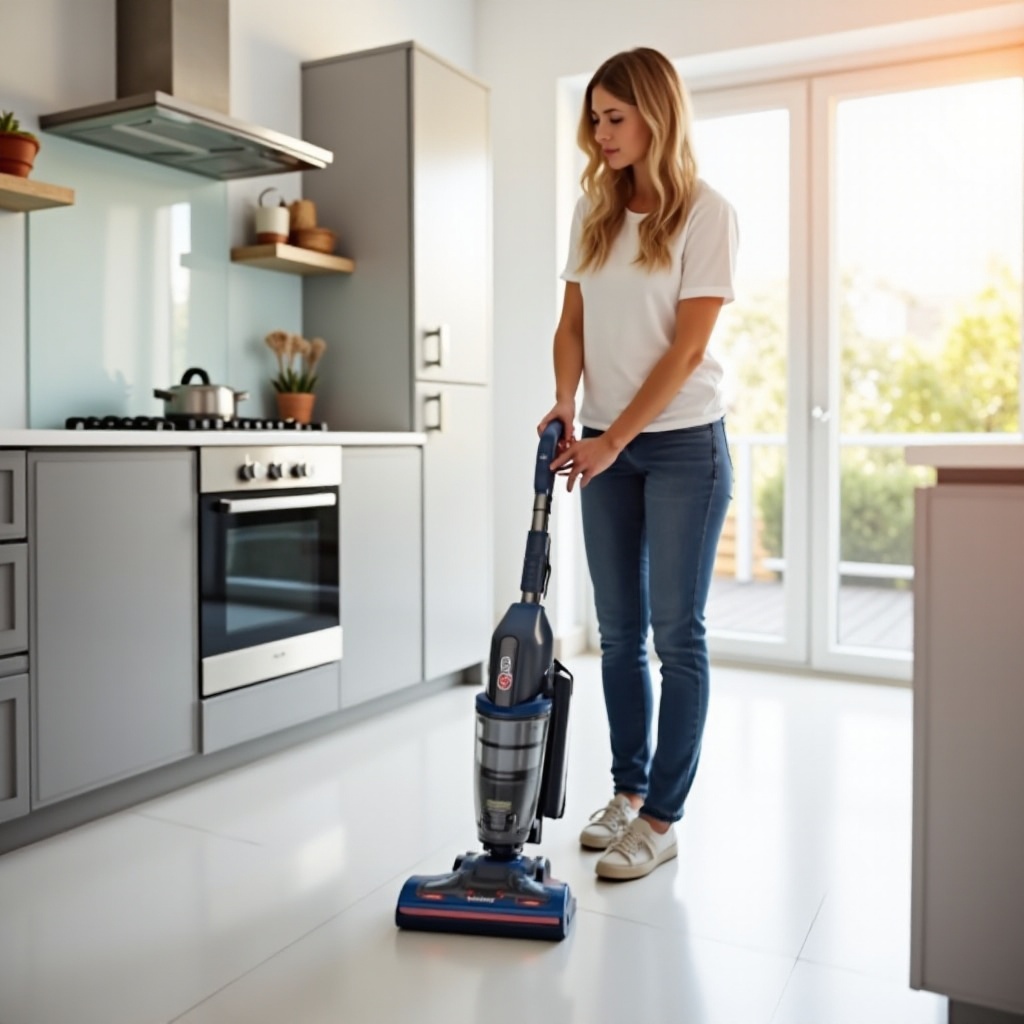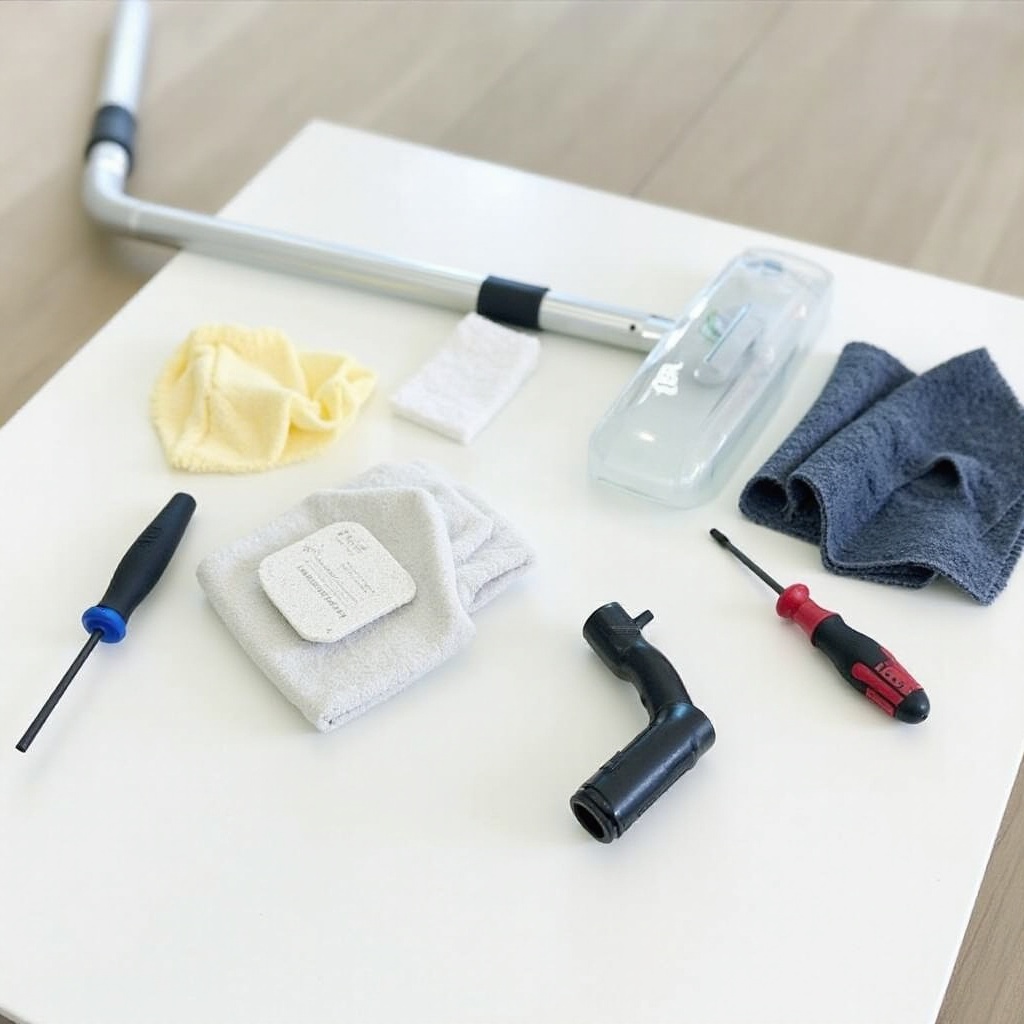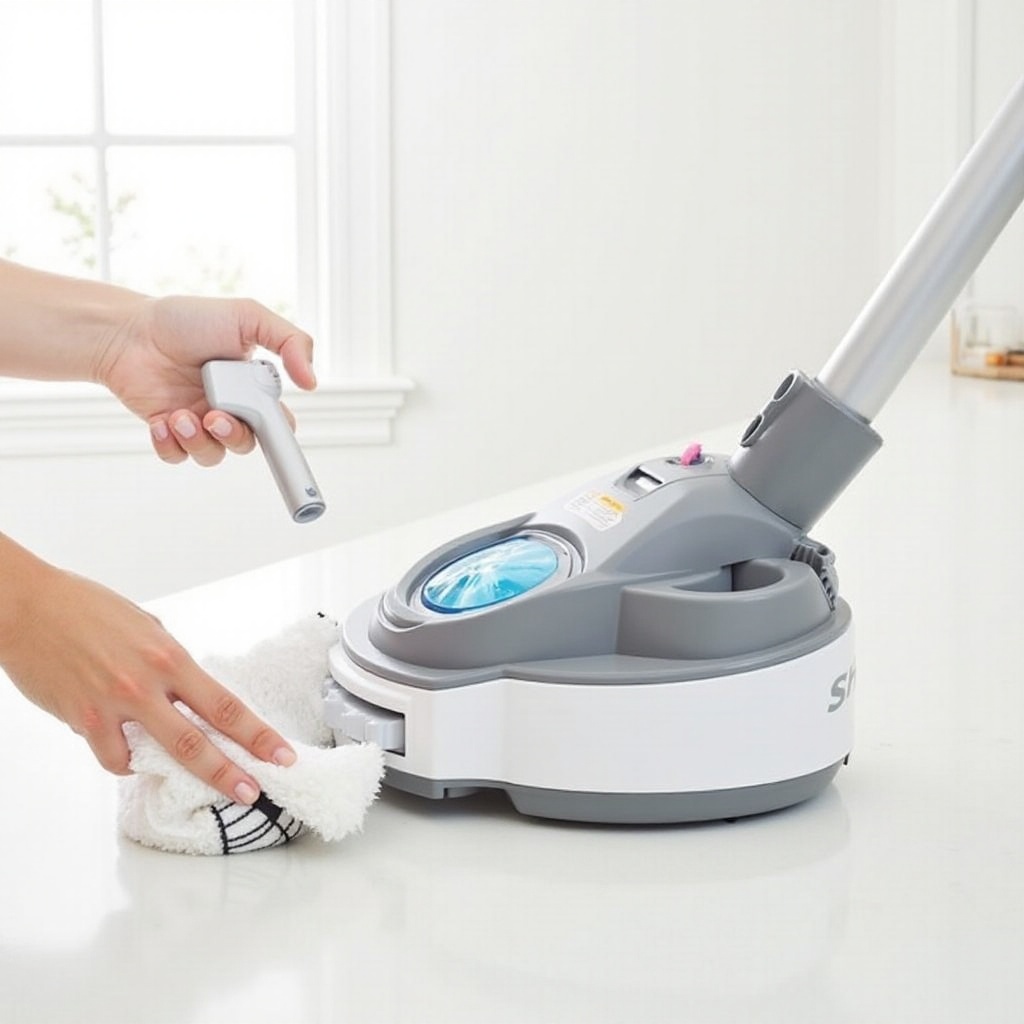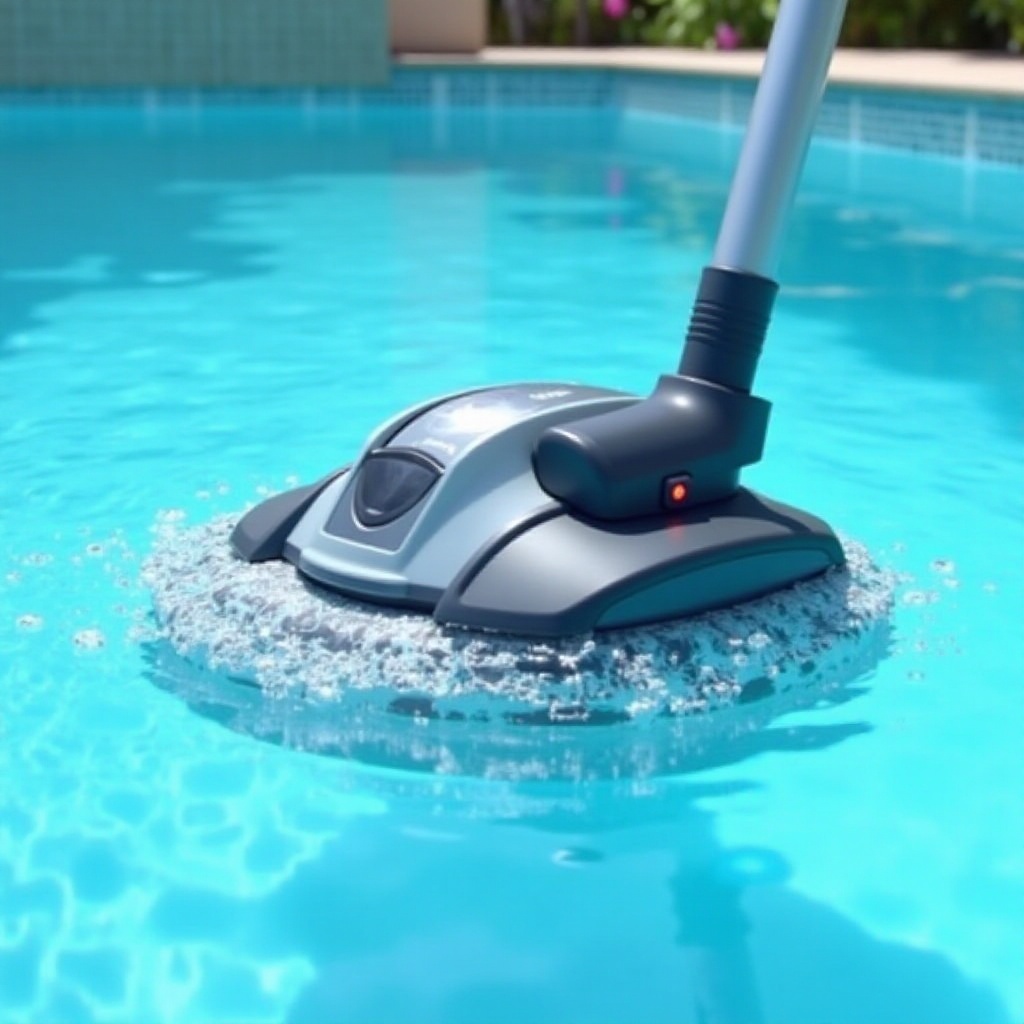How to Clean Shark Lift-Away Vacuum: The Ultimate Guide
Introduction
Owning a Shark Lift-Away vacuum can make cleaning your home a breeze, but to keep it performing at its best, regular maintenance is key. This comprehensive guide walks you through each step to effectively clean and maintain your Shark Lift-Away vacuum. This ensures your machine continues to provide excellent suction and extends its longevity. Follow our detailed instructions to ensure that your vacuum remains in top condition.

Why Regular Maintenance is Essential
Maintaining your Shark Lift-Away vacuum is crucial for several reasons. First, regular cleaning prevents clogs and keeps the suction power at its peak. Dust and debris can accumulate within the vacuum, reducing its efficiency and leaving your floors less clean.
Second, proper maintenance extends the life of your vacuum. By cleaning filters, brush rolls, and nozzles, you ensure that all parts are working correctly, reducing wear and tear. This can save you money in the long run, as you won’t have to replace your vacuum as frequently.
Lastly, regular cleaning can improve air quality in your home. A vacuum clogged with dust can spread allergens and dust back into the air, counteracting your cleaning efforts. A well-maintained vacuum captures and contains debris more effectively, making your home healthier.
Tools and Materials You’ll Need
Before you start, gather the necessary tools and materials. Having everything ready will make the process smoother and more efficient. Here’s what you’ll need:
- A pair of scissors or a seam ripper (for removing hair from brush rolls)
- Mild detergent or dish soap
- Soft-bristled brush or an old toothbrush
- Microfiber cloths
- Replacement filters (if necessary)
- A container of water
- A can of compressed air (optional, for detail cleaning)
With these tools at hand, you’re ready to tackle the cleaning process step by step.

Step-by-Step Cleaning Instructions
Step 1: Empty the Dust Canister
- Unplug the vacuum to ensure safety.
- Press the release button to detach the dust canister from the vacuum.
- Empty the contents into a trash bin.
- Rinse the canister with water and mild detergent. Avoid submerging or scrubbing too hard.
- Allow it to air dry completely before reattaching it to the vacuum.
Step 2: Care for the Filters
- Remove the pre-motor foam and felt filters.
- Rinse these filters with water only. Do not use soap.
- Squeeze out the excess water and let them air dry completely for at least 24 hours.
- For the HEPA filter, tap off any dust and debris, or lightly rinse it (refer to your user manual to verify if it’s washable).
- Ensure all filters are dry before reinserting them into the vacuum to prevent mold growth.
Step 3: Brush Roll and Floor Nozzle Cleaning
- Turn the vacuum over to access the brush roll.
- Use a pair of scissors or a seam ripper to cut away any tangled hair or threads.
- Remove the brush roll if possible, and check for debris stuck inside the nozzle.
- Wipe down the brush roll with a damp cloth and let it dry completely before reinserting.
- Clean the floor nozzle thoroughly, ensuring there is no blockage.
Step 4: Clearing the Hoses and Tubes
- Detach the hose from the vacuum.
- Check for clogs by looking through the hose. Use a long, flexible brush or a compressed air canister to push out any blockages.
- Rinse the hose with water if necessary, but ensure it dries completely before reattaching.
- Examine all tubes and connections for any hidden dirt or obstructions and clean them as needed.
Step 5: Detailing the Attachments
- Remove all attachments and tools from the vacuum.
- Wipe down each attachment with a microfiber cloth.
- Use a brush to clean any crevices or small parts in the attachments.
- If appropriate, rinse the attachments with water and allow them to air dry.
How Often Should You Clean Your Shark Lift-Away Vacuum?
Regular maintenance of your Shark Lift-Away vacuum is essential to keep it performing efficiently. Ideally, you should clean the dust canister after each use, the filters every month, and the brush roll, hoses, and attachments every three months. Adjust the frequency based on how often you use the vacuum and the condition of your cleaning environment.
Regular, careful maintenance will keep your Shark Lift-Away vacuum in peak condition and save you from costly repairs.

Common Mistakes to Avoid When Cleaning Your Vacuum
When maintaining your Shark Lift-Away vacuum, avoid these common mistakes to ensure optimal performance:
- Not letting filters dry completely: Wet filters can cause mold growth and damage the vacuum’s motor.
- Using harsh chemicals: Stick to mild detergent to avoid damaging parts.
- Ignoring blockages: Always check for clogs in hoses and attachments to maintain suction power.
- Overlooking brush rolls: Remove hair and debris regularly to prevent clogs.
- Skipping regular checks: Routine inspections help identify and resolve issues before they become significant problems.
Conclusion
Proper cleaning and maintenance of your Shark Lift-Away vacuum are essential for its long-term performance and efficiency. By following our step-by-step guide, you can ensure your vacuum remains in excellent condition, delivering optimal cleaning results and extending its life. Regular attention to cleaning not only improves the vacuum’s effectiveness but also contributes to a healthier living environment.
Frequently Asked Questions
How often should I replace the filters in my Shark Lift-Away vacuum?
It’s recommended to replace the foam and felt filters every 3-4 months and the HEPA filter once a year. However, if they appear worn or damaged earlier, replace them as needed.
Can I wash the HEPA filter with water?
You can rinse the HEPA filter with water if your user manual indicates it is washable. Ensure it is thoroughly dry before reinserting it into the vacuum. If the manual advises against it, tap out the dust instead.
What should I do if my vacuum loses suction power?
Check for clogs in the dust canister, hoses, and filters. Clean or replace the filters as needed and ensure the brush roll is free from debris. Regular maintenance generally resolves suction issues.

